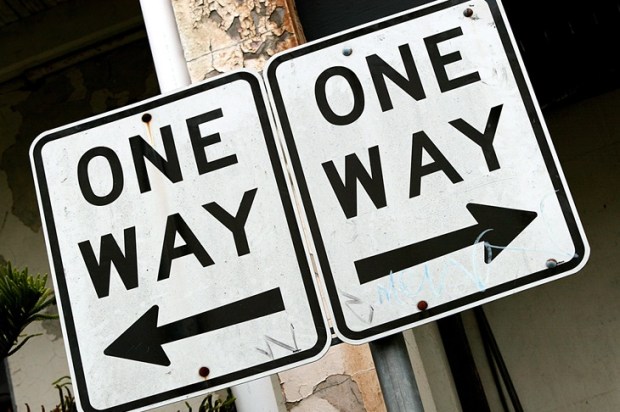A bold choice to jack up the prices on select second-hand garments has drawn criticism from angry op-shoppers after a number of charities introduced a “premium” range.
Charities such as the Salvation Army have begun to charge more for certain items—such as anything designer, rare, high quality or vintage.
The Salvos have introduced a ‘Street Boutique’ range, where the average garment is priced 50-100% higher than items in its regular stock, but is populated with labels such as Scotch and Soda, Obus, Elk and the like.
The charity retailer is not alone: Other charity shops have introduced “retro” sections and “high end” sections with steeper prices and a more curated theme.
But the shift has angered shoppers. Critics have blasted the shift, calling it unethical and saying it makes the premium clothing unaffordable for the very people the charity is trying to help. One reviewer described the Salvos Street Boutique as “overpriced” and going “against the entire bargain ethos”. The same reviewer then admitted he had paid $9 for a tie that he supposed was only worth “$4 or even $2”. How can a shopper claim a tie is overpriced by a whopping 450% but then happily whip out his credit card to splash the cash? Was there not a single cheaper tie available in the regular section? Could it be that the shopper preferred the “overpriced” tie and believed it was worth the money?
The “woke” appraisal could not be further from the truth: the decision to charge thrifters more for certain garments is an ethical one—and those who critique it miss a vital point: the reason charities like this exist. Despite what popular discourse would have us believe, the function of organisations such as Vinnies, Red Cross and Salvos is not to sell second-hand items to poor people at a low price but to raise money.
Is the price low? Often, absolutely. But that price tag is typically derived from the market value of the item, not simply to adhere to an arbitrary price ceiling. Are the shoes scuffed? Are the soles somewhat worn through? It’s likely such a pair of shoes inherently isn’t worth a whole lot. But, at a low enough price, chances are they’re worth something to someone and, for that price, the charity can sell them.
The point of these charities is to raise money which they can then use to provide aid for those in need, often in the form of homeless services and crisis support.
Naturally, it is in a charity’s interest to increase revenue and an easy way to do so is to no longer undercut itself. Indeed, donors are more likely to dig deep when they believe their donation will do good—and that isn’t something they can rely on if the value of their donation is being simply passed on to hipster op shoppers and resellers at extremely low prices. What proof is there that dirt cheap designer clothes are finding their way to the needy? With the influx of “vintage” clothing resellers thanks to online platforms such as Depop and Etsy, high quality stock is being cleared at minuscule prices, only to be sold on at a much higher price.
As always happens when goods are sold at lower than market prices, the price signals fail. Simply, stock will sell out and fast, returning a lower profit than it easily could have. Charging more for rare and sought after items isn’t just good business; it’s the ethical thing for a charity to do.
Got something to add? Join the discussion and comment below.
Get 10 issues for just $10
Subscribe to The Spectator Australia today for the next 10 magazine issues, plus full online access, for just $10.

























Comments
Don't miss out
Join the conversation with other Spectator Australia readers. Subscribe to leave a comment.
SUBSCRIBEAlready a subscriber? Log in